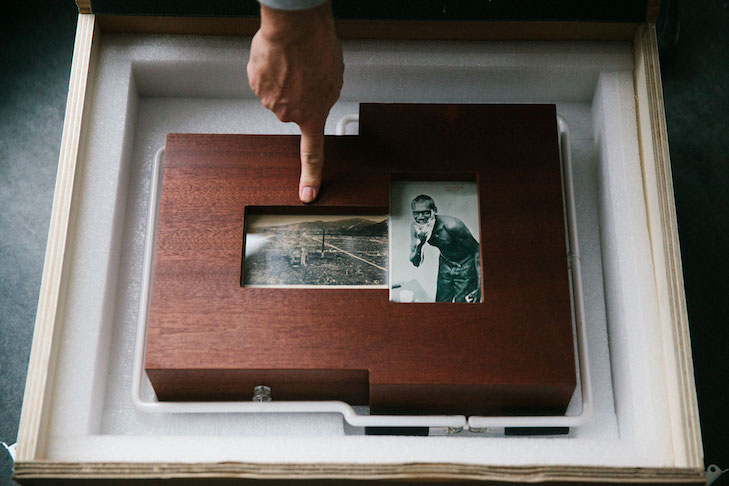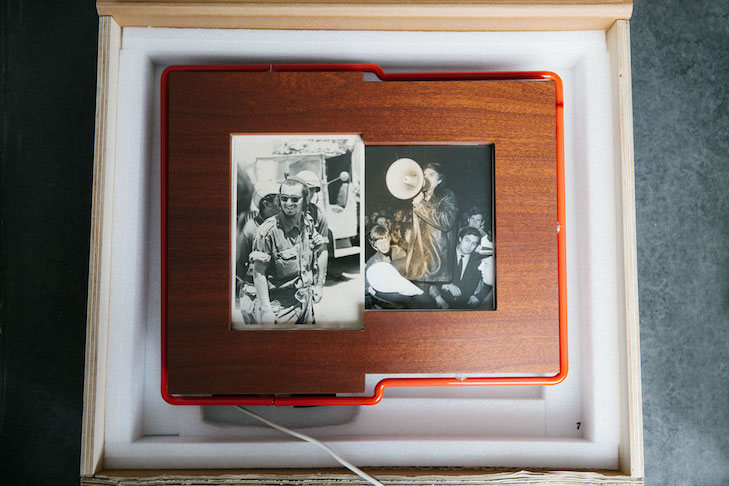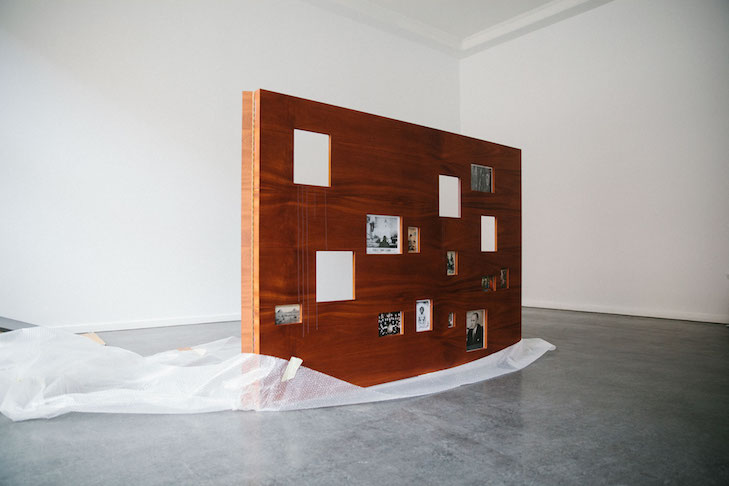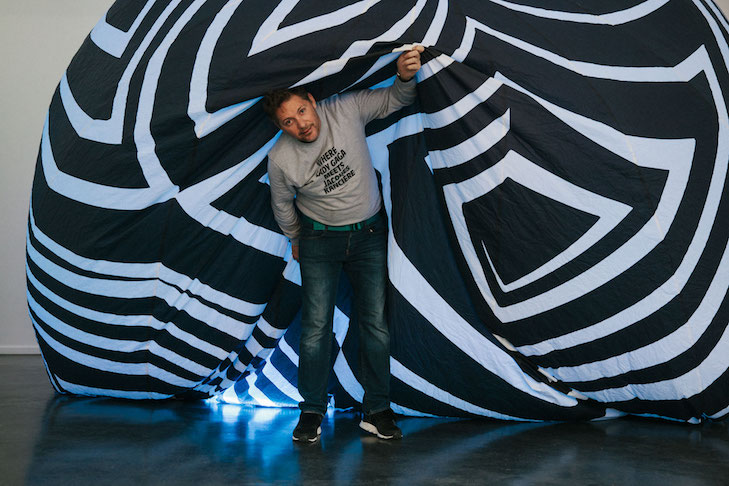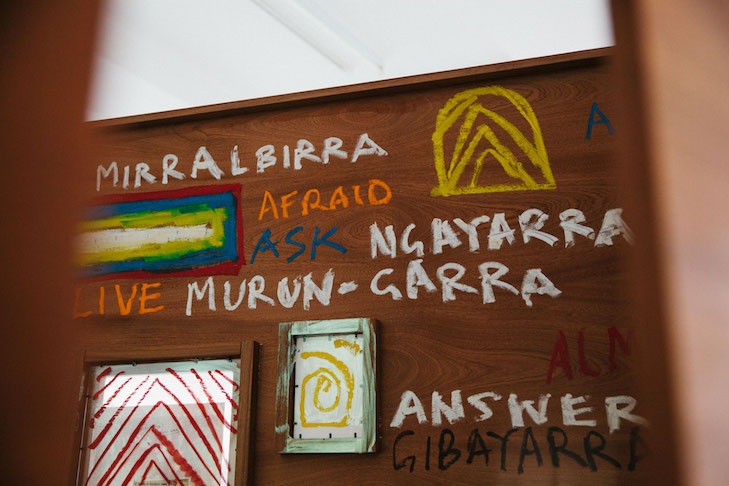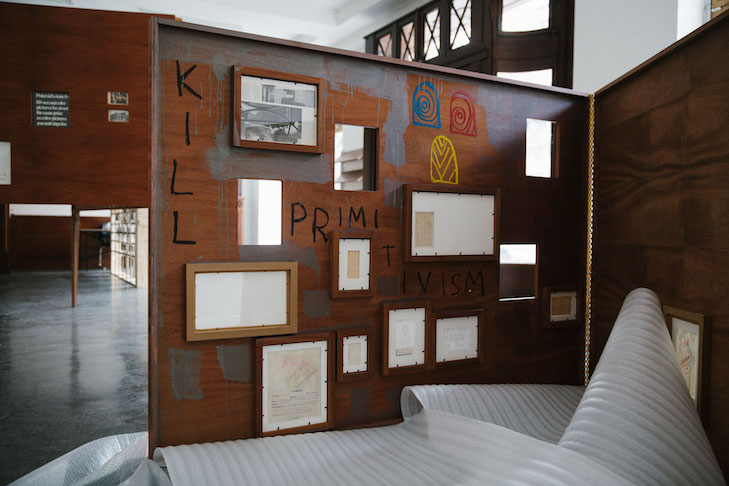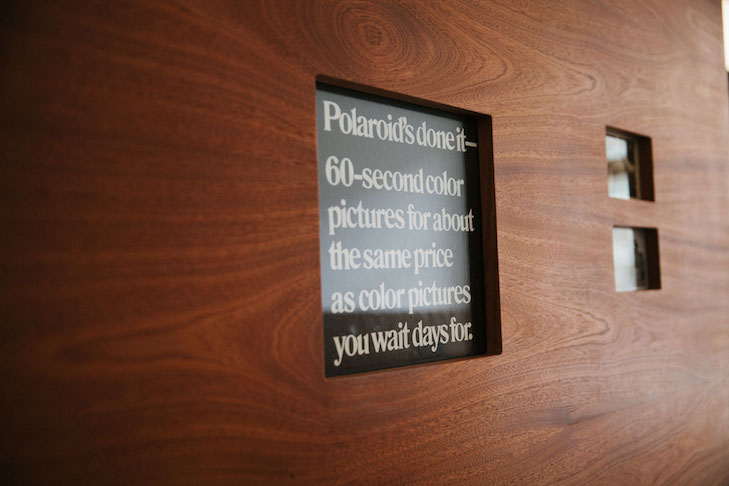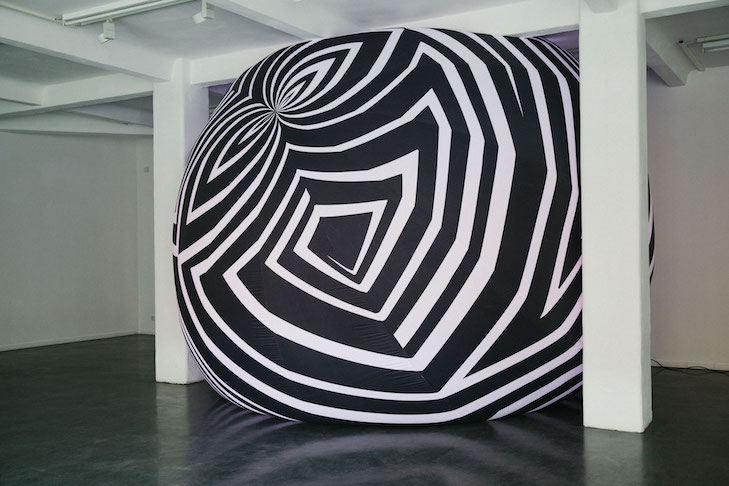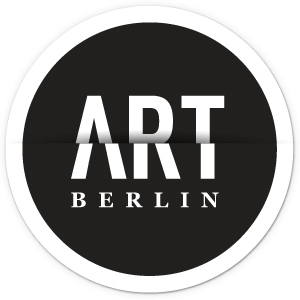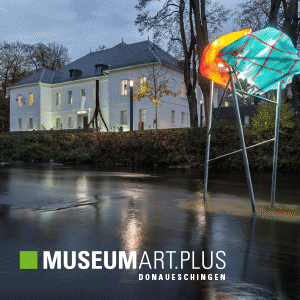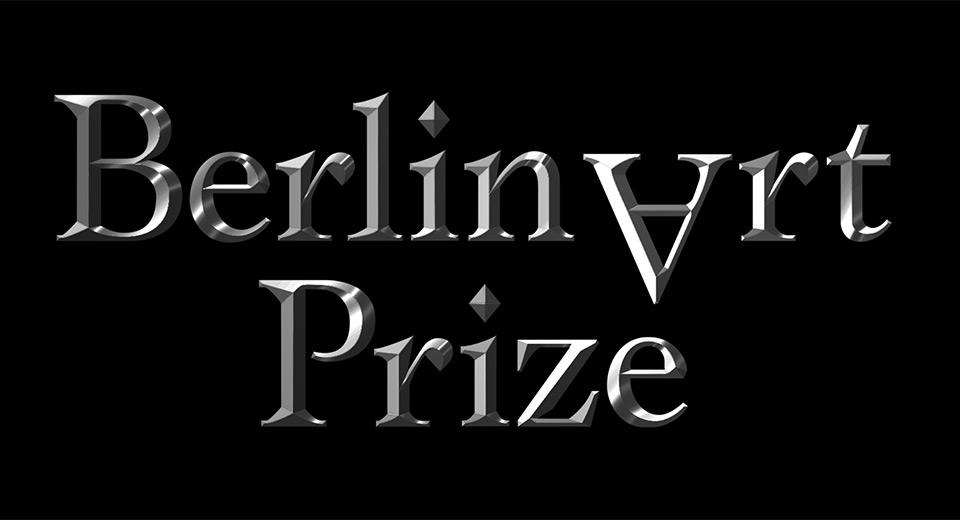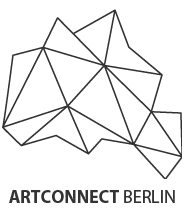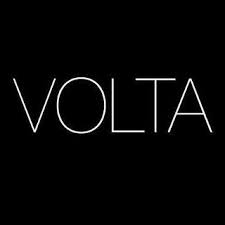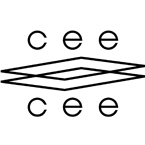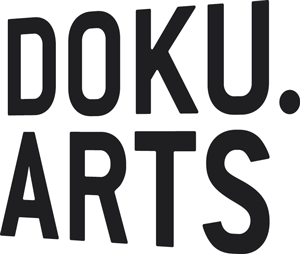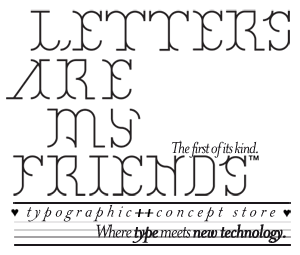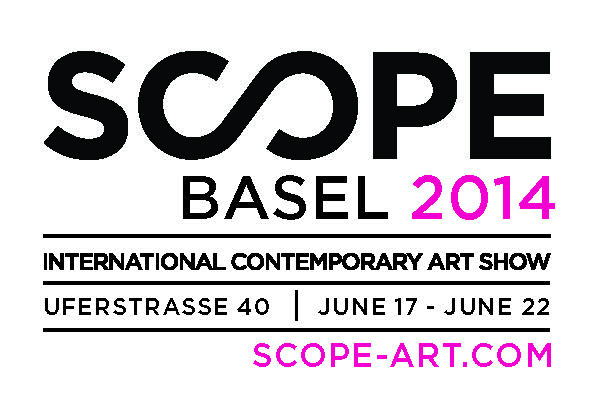Brook, when starting to get into your work, I read that you are aiming to make „forgotten stories visible and offer choices for interpreting history in the world today“ – please tell us how this reflects in your artistic practice.
Yes, my artistic practice looks at historical legacies and how we interpret those today. Coming from Australia and growing up in a mixed family there were always dominant narratives, which were the story of Australia. A lot of my practice has been about reevaluating history and asking: what are the new narratives that really should be seen. I don’t know how or why it has taken so long for the art world to pick up on those narratives.
What is your motivation behind it?
You could say going from Australia out to the rest of the globe, instead of the world going to that place, which is „so far away“.
You are visiting a lot of countries, researching these topics. What are you observing?
Well, the other thing that I am interested in is memorialization and memory and how other sights like Germany have memorialization and debates in public. I am looking at their different ideas, thoughts and experiments that go from a community level to a government level to an organisation level and about how the country itself deals with memory and trauma. Because in Australia there is massive lack of this memory in the public space. You will see memorials and monuments to the First and Second World War, but there are no significant memorials to the frontier wars.
But this still affects people today because their grandparents or their great-grandparents were affected by these events as well.
Why do you think it is like that?
Australia is like other postcolonial nations, like Canada, America, where when European invasion and settlement came, people didn‘t leave. For example when the Spanish went to South America, eventually they got booted out, or they left because of fights, or there was a revolution. But in this situation, people did n‘t, and the way in which that history is constructed around these events is one that seems to be a national identity that doesn‘t want to be seen as being involved in Apartheid or slavery.
So there was Apartheid and slavery in Australia, but the way in which it was labelled as “segregation“ for example. It is really about the labelling. I think there is a particular shame or fear around this kind of histories.
How does your time and research in Berlin reflect on the new works?
I’m not only looking at Germany, but I’ve also been to the Smithsonian in Washington during my period here. I was there for a few months. I’m looking at international sights of trauma and how the society created significant and essential or maybe complicated memorials or events, performances etc. to remember it and how we can learn from these events.
Which memorials did you see in Berlin? You probably visited the Holocaust memorial, which was discussed in the media because it is often perceived as playground or Instagram background today.
But it is still about memory!
Because if you go somewhere and there is nothing, what do you even Instagram?
It is a very significant memorial.
The first time I went to Auschwitz-Birkenau was maybe ten years ago, and I went in the middle of winter. We have Jewish museums in Australia as well, and the connection between Jewish people in Australia with Aboriginal people is powerful. They understand of the genocide that was in Australia, even though it is ignored. I am talking about history, memory and art practice and how artists, performers, writers, filmmakers and poets etc. make stories and memories about these histories.
Bringing back history to a public space, even maybe on a grassroots level is essential.
In Berlin, the history of the wall is still evident.
Because the events were very recent and there is physical evidence. But in places, where massacres happened or the removal of Aboriginal children, for example, there is no building for that. So I look at it in a bigger picture. What is successful here and by successful I don‘t mean right, I mean people are talking about it, and there is consciousness.
What can we expect in your exhibition?
In the exhibition, I have some existing and some new work. The reason is that I wanted to bring together physical objects to show a kind of connectivity. So the neon sign „Theme Park“ relates to the Humboldt Forum and the graphics collection that will be displayed there and how it is a place of many things but for indigenous people, what is the connection with these objects? Or what do other objects mean for Germans in other museums? There is a lot of discussion about that. For some people, these collections are like a theme park.
Stretching the Guidelines of Glue – Brook Andrew
Künstlerhaus Bethanien | Kottbusser Str. 10 | 10999 Berlin |
Until May 6, 2018, | Tue-Sun 2-7 pm
Author: Saskia Wichert
Photo Credit: Kathrin Leisch



